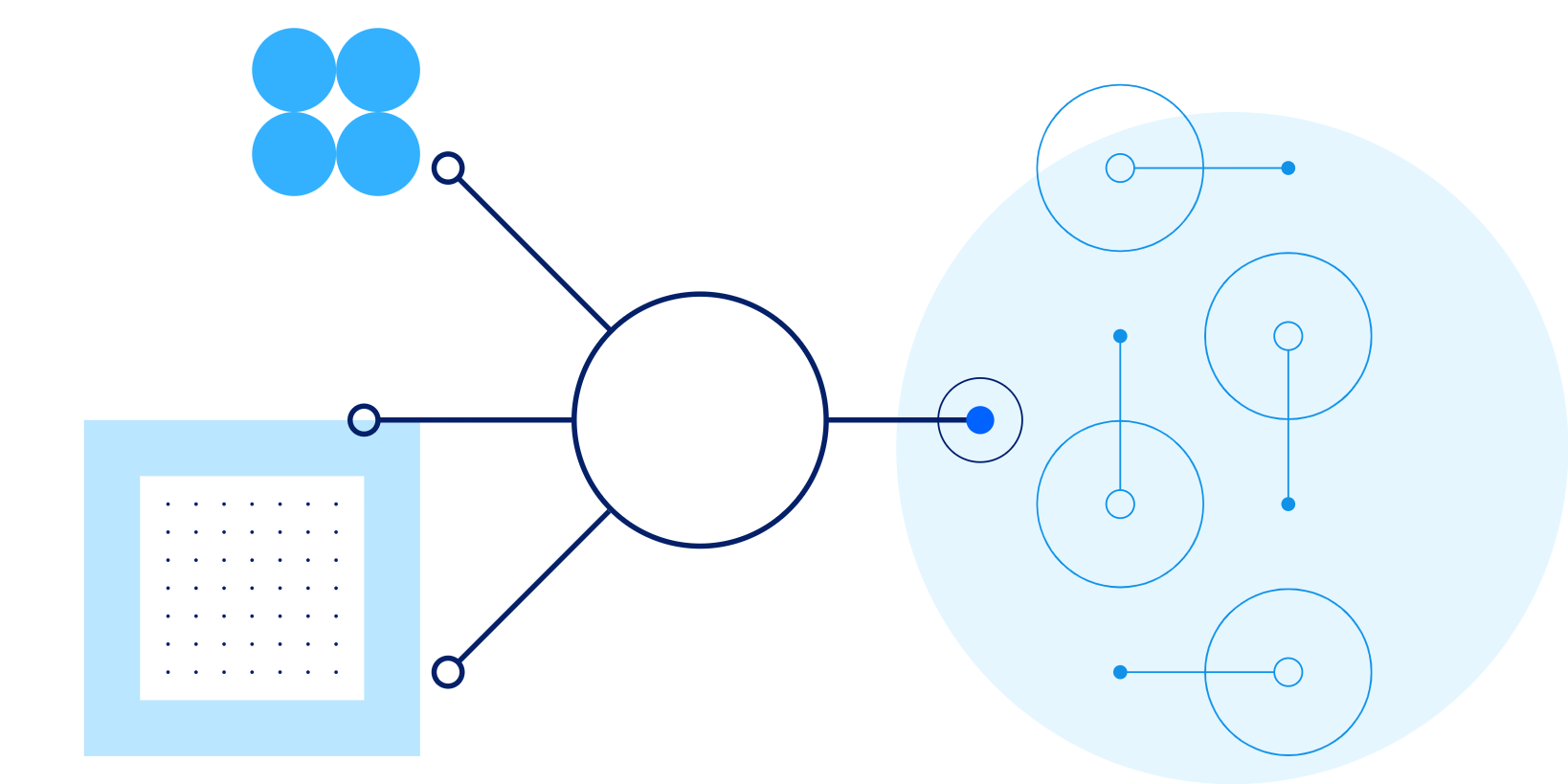About cookies on this site Our websites require some cookies to function properly (required). In addition, other cookies may be used with your consent to analyze site usage, improve the user experience and for advertising. For more information, please review your options. By visiting our website, you agree to our processing of information as described in IBM’sprivacy statement. To provide a smooth navigation, your cookie preferences will be shared across the IBM web domains listed here.
Perspectives
Time to make your case
6 April, 2020 | Written by: Andrew Worsley-Tonks
Categorized: Perspectives
Share this post:
An extended SAP migration deadline is the perfect opportunity to turn practical necessity into a strategic advantage.
In February, in what many in the ERP community industry saw as an inevitable response to a customer base that appeared hesitant to commit, SAP announced that it had extended the deadline for customers to migrate from ECC to S/4HANA from 2025 to 2027. While this additional two years won’t have much impact on those who have already committed to the shift, I believe it provides a golden opportunity, for the significant proportion who haven’t, to turn what may feel like a necessary evil into a major strategic opportunity.
There’s a tendency within the tech industry to see new versions of software from the same supplier simply as upgrades. But SAP S/4HANA is far more than just an upgrade of the existing SAP enterprise suite. It’s a complete reimagining of the platform, which provides major opportunities to rethink the way businesses are run. Now is the time to seize them.
If your business depends on SAP, you need a plan. Because whatever choice you make, there will be disruption. Even if your choice is to move away from SAP, you still need a plan. This additional time before SAP pulls the support plug on your current platform is your chance to make sure your plan is the best it can be – and delivers the best value from whatever change you ultimately agree upon.
Our approach at IBM, as ever, is to start with the business case. That means first doing a deep-dive into our clients existing business strategy and enterprise architecture. We conduct executive alignment sessions to help identify opportunities to reimagine business processes and to explore governance and security challenges that may have implications for broader business strategy. And we do all this essentially from a tech-neutral perspective.
Then we look at a combination of specific business process transformation and new functionality or processes that S/4HANA can bring to the table. And only then do we begin to make recommendations about the kind of migration we’re talking about: a technical upgrade based on existing processes, a full reimplementation using SAP and industry best practice or a hybrid approach (like our IBM Rapid Move for SAP S/4HANA) that will allow the business to continue to leverage existing investment while piloting technology and process innovation in specific areas.
The point is that all of these decisions will have been based on detailed strategic alignment and will, therefore, have the business case for the chosen direction baked in. And that’s what will help achieve alignment between the strategic vision of an ambitious CEO and the practical concerns of a responsible CFO.
So what kind of strategic advantage can a move to S/4HANA unlock?
Many of the key opportunities are down to the removal of barriers and inefficiencies inherent in many ERP systems – including the current SAP enterprise suite.
The finance function is one that will see an immediate benefit. S/4HANA represents an entire transformation in the way SAP handles financial processes, introducing far more transparency and visibility. The previous system, in which everything was segmented, has been replaced by one where everything is essentially stored within the same table. This gives real-time visibility so when it comes to something like month-end closing, it’s really just a soft-close, with reduced manual processes and therefore far less of a draw on resources when the deadline comes around.
Strategic decisions, whether around investments, divestments or recruiting, are also much better informed within the S/4HANA world. Historically, a transaction logged in SAP would need to percolate into the BW environment before insights are made available to executives, making those insights out of date, at best. With S/4HANA you may not need a BW system at all because you have access to integrated data, real-time analytics and reporting embedded within the system. The system also provides an exception-based user experience meaning it’s focused, useful and actionable rather than providing facts and figures that require interpretation.
There are other advantages too, that come from the direct integration of customer relationship and supply chain management into the system. Again, taking advantage of greater automation and productivity improvements to break down barriers and create new opportunities for efficiency gains.
The upshot is that S/4HANA provides an entirely new way of running a business, enabling organisations to operate in a far more flexible, agile and – for want of a better word – “modern” way. And it has a slick new user experience to match.
But to get the most out of a move to S/4HANA, you need to build a robust business case for the right kind of implementation and create a plan for that implementation that’s just as robust and strategic.
You’ve been given two more years to get this right. Use that time wisely.
Learn more about how a move to S/4HANA could benefit your organisation in our new webinar series.
Or:
1st – SAP S/4HANA – Overview

Andrew Worsley-Tonks
Associate Partner, SAP Chief Architect and S/4HANA Leader, Global SAP Centre of Competence
More stories
By Helen Gowler on 3 October, 2024
Generative AI: driving a new era of HR transformation
Helen Gowler, Partner, EMEA Talent & Transformation Lead Today, I’m proud to be part of a company that’s committed to addressing gender bias in the tech industry. IBM is pioneering the use of AI to tackle this issue, and I’m excited to contribute to this effort. Our team is developing AI models that can detect […]
By Mark Restall on 18 July, 2024
Multi-Modal Intelligence Platform
Traditionally, data management systems provided only numerical or textual based business intelligence primarily for back-office users across finance, sales, customer management and supply chain. Today, we are increasingly seeing data management systems which drive key business functions requiring interrogation of multi-modal data sets from documents, presentations, images, videos to audio. This demands a more sophisticated […]
By Mark Restall and others on 16 July, 2024
The use of GenAI to Migrate and Modernise Organisational Core Programming Languages
GenAI is hugely powerful and supports a diversity of use cases by focusing on routine work – allowing people to focus time on value-add tasks, thus enhancing productivity. The focus of this use case is for an organisation which had previously focussed on a legacy set of tooling and programming languages and needed a way […]





























